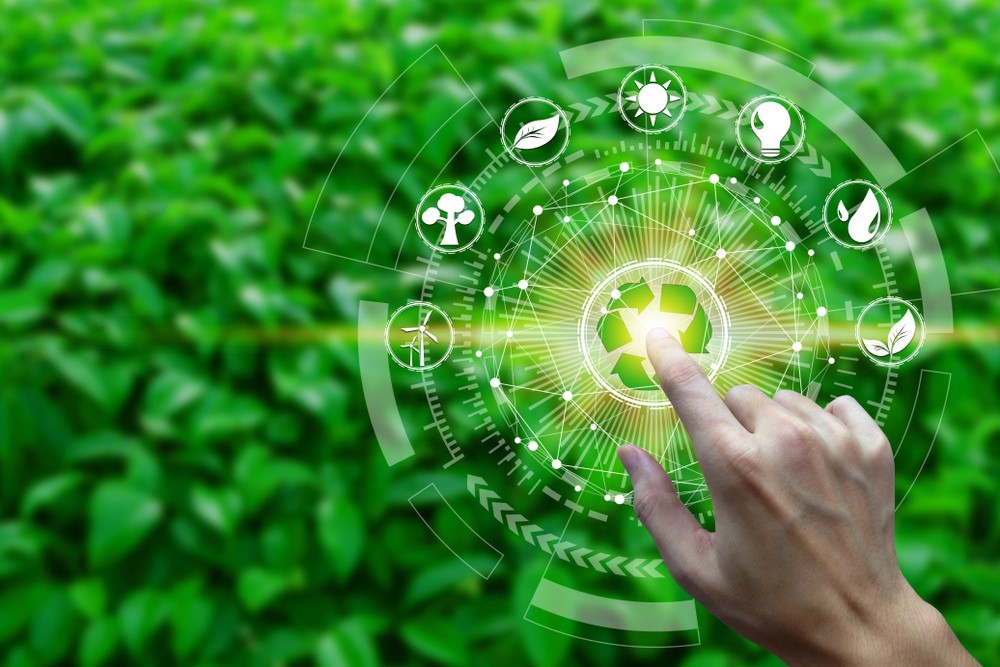Climate change, environmental degradation, and natural resource pollution have become global challenges that demand timely and precise interventions. In this context, the application of technology in environmental monitoring and warning has emerged as an essential trend. It not only enables the early detection of environmental risks but also supports policy planning, enhances management efficiency, and promotes sustainable development. The integration of technology into environmental monitoring systems has led to significant breakthroughs in the way we protect natural resources.
Traditionally, environmental monitoring relied on manual stations, periodic sampling, and laboratory analysis. While accurate, this method is time-consuming, limited in coverage, and often slow to respond to sudden environmental incidents. The emergence of automatic and continuous monitoring stations has significantly improved the situation. These stations are equipped with modern sensors that measure indicators such as air quality (PM2.5, CO, SO₂), water quality (pH, DO, BOD, COD), noise levels, radiation, and more—transmitting real-time data to central operating centers.

Moreover, the Internet of Things (IoT) has expanded the capability to connect thousands of environmental sensors from various locations, including remote areas, creating a vast and flexible monitoring network. Data is continuously collected and processed via cloud computing platforms, combined with artificial intelligence (AI) to detect anomalies, predict trends, and send early warnings to authorities and communities.
A typical example is the air quality warning system in major cities like Hanoi and Ho Chi Minh City. With wireless sensor stations and GIS mapping integration, residents can easily monitor real-time Air Quality Index (AQI) levels via mobile applications. Early warnings about fine particulate pollution have enabled people to adjust their travel plans, use protective equipment, and raise their awareness about environmental health.
In addition to air quality monitoring, technology also plays a crucial role in disaster and climate change warnings. Weather radar systems, remote sensing satellites, and sensors for rainfall and water levels are integrated to forecast floods, droughts, landslides, and saltwater intrusion with increasing accuracy. In the Mekong Delta, many localities have implemented automatic salinity sensors to provide early warnings about saltwater intrusion, helping farmers close sluice gates, secure water supplies, adjust crop seasons, or switch to more suitable crops.
A prominent approach today is the use of satellite data and AI for forest and land resource management. Systems like Global Forest Watch and Google Earth Engine can quickly detect deforestation, wildfires, and soil erosion using satellite imagery. Machine learning models analyze multi-temporal images to identify land use changes, assess resource degradation, or predict high-risk environmental incident areas.
Blockchain technology is also being applied in environmental data management to ensure transparency, integrity, and traceability of information. This is especially valuable in programs such as Payment for Forest Environmental Services (PFES), carbon credits, or eco-label certifications, where data authenticity is crucial.
Environmental monitoring technologies are no longer limited to government agencies—they are increasingly accessible to communities and businesses. Mobile applications allow citizens to quickly report illegal discharges, noise pollution, or local air quality conditions. Meanwhile, businesses use internal monitoring systems to control emissions, optimize production processes, and comply with environmental regulations.
However, to fully realize the potential of environmental monitoring and warning systems, synchronized investment in infrastructure, human resources, and policies is essential. Data infrastructure must ensure stability, cross-platform connectivity, and scalability. Personnel must be trained in technology, data analysis, and incident response. Most importantly, policies should support the domestic environmental equipment market, promote open data sharing, and strengthen public-private partnerships in environmental technology.
In today’s rapidly changing and unpredictable environmental landscape, monitoring and warning are no longer optional—they are mandatory. Modern technology not only allows us to “see” the smallest environmental changes, but also provides the tools for early response, rapid decision-making, and effective action. This is the foundation for moving toward a sustainable development model where people live in harmony with nature and are resilient to future environmental risks.
Ngày đăng: 19-06-2025

